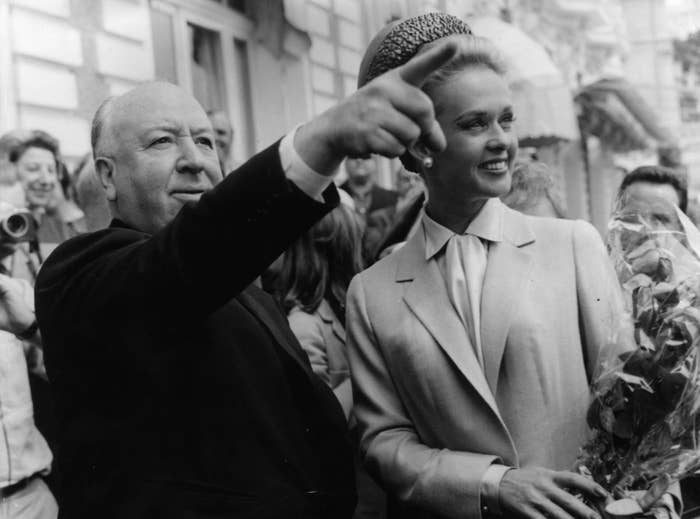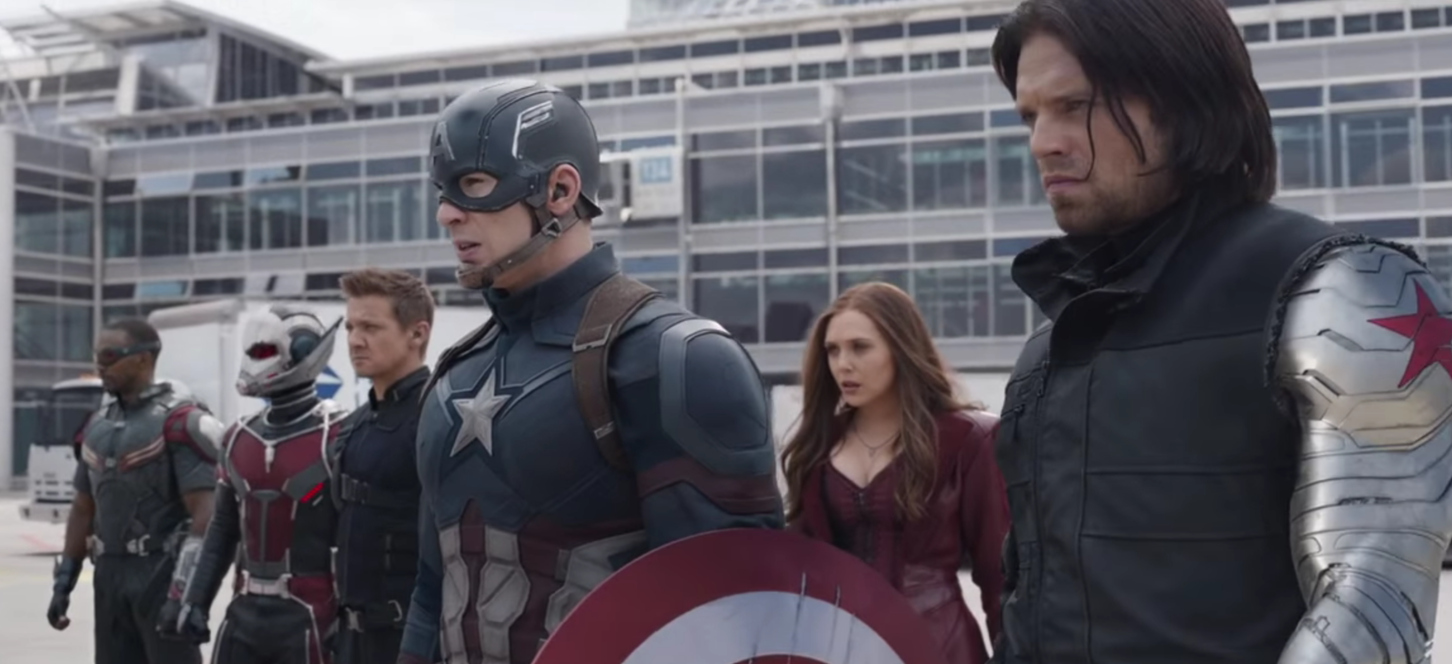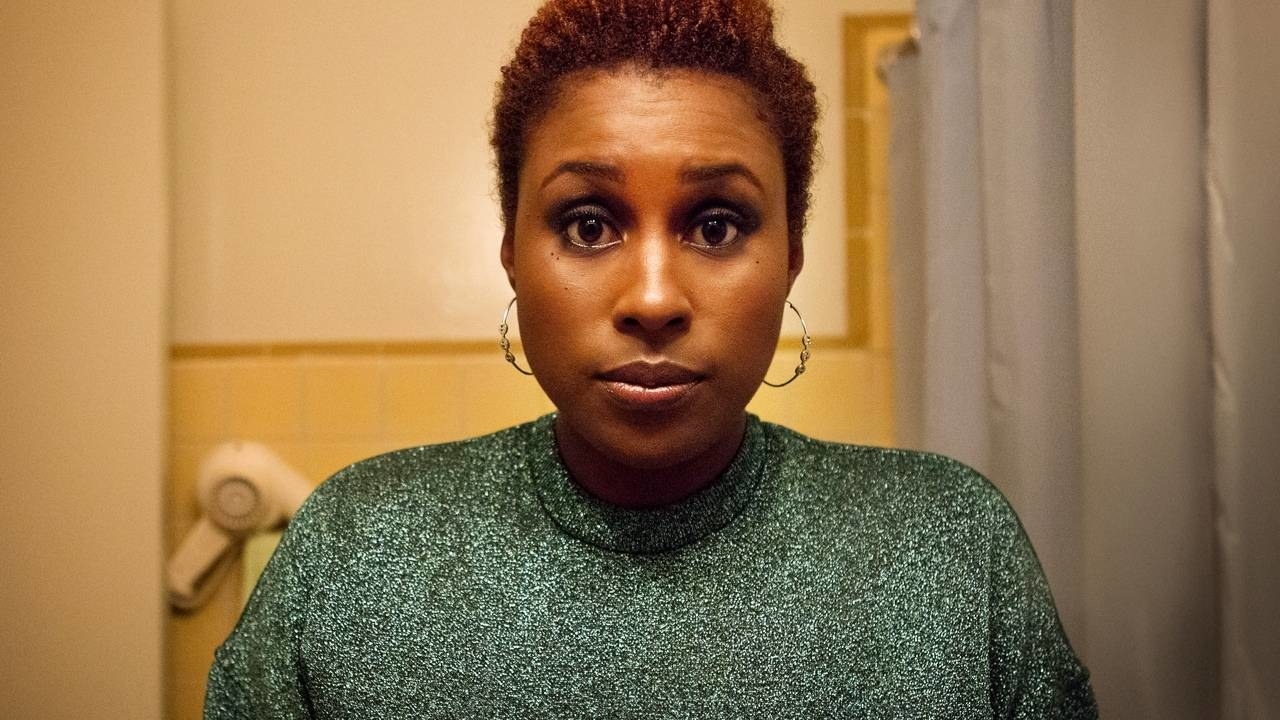6 Ways Hollywood Can Do Better In 2018
When it comes to grappling with its own history, keeping the reckoning going, and expanding representation, Hollywood has a ways to go.
1. Reckon fully with the industry’s history of sexual misconduct.

Shortly after Harvey Weinstein’s alleged decades of sexual abuses in Hollywood were exposed to the world, Tippi Hedren tweeted her perspective. “I dealt with harassment all the time, during my modeling and film career,” she wrote. “[Alfred] Hitchcock wasn’t the first.” It was an important reminder: Sexual harassment and assault are endemic in Hollywood; and is built into the its very foundation is built upon the victimization of women. Hedren had been sharing her stories about Hitchcock for years, after all. But combined with the power of the #MeToo movement and the many other famous faces who spoke out about their own experiences of harassment or assault in the industry, 2017’s Weinstein stories did result in a genuine shift.
Given that these stories have dominated the conversation these last few months in Hollywood, we couldn’t have landed on a better term to describe this moment colloquially: Really, what else is this but some kind of reckoning? “Reckoning,” after all, is the act of working through something, of fully facing what an event or state of being really means — and of hopefully coming out better on the other side. It’s both dread and hope; a process and a goal. And for Hollywood, whose entire history is shamefully riddled with warped power structures and the abuses that came out of them, to reckon is a Sisyphean — and necessary — task.
A small bevy of men have been fired since the Weinstein news broke the proverbial floodgates. Others have been suspended only to be reinstated shortly after. Weinstein himself has been removed from a number of positions, including his role as a member of the Academy of Motion Picture Arts and Sciences. Still, Roman Polanksi and Woody Allen reportedly remain members of the Academy at the time of this writing (the Academy did not respond to BuzzFeed News’ request for comment). Polanksi pleaded guilty to raping a 13-year-old girl in 1977, while Allen's daughter, Dylan Farrow, has long maintained that he molested her when she was a child. Recently, Farrow published an op-ed in the LA Times titled “Why Has the #MeToo Revolution Spared Woody Allen?” The reckoning has clearly not gotten to everybody. But, ideally, we are in the early days.
It’s important not to overlook that a reckoning has an endgame: absolution. But when the problem is this big — this widespread, within Hollywood and within the society Hollywood exists in — that’s easier said than done. The work, though, is important. And it will take a strong disposition. If we let it slide, how will we know we’ve really purged the abusers from their ranks?
2. Don’t let the reckoning be temporary.

Hollywood has a long history of responding to scandal with just enough of a “solution” to placate the public and move on. That cannot happen with the reckoning. When the rot runs as deep as it does here, the solutions must be radical enough to match it.
There are some practical tools already being put into place in the name of progress, including a sexual harassment hotline and legal service that’s being founded by Women in Film. And that is a promising start: With the right leaders, it could be the kind of independent support that people actually feel empowered to turn to. But even that is complicated, with seed funding for the service coming from talent agency WME — the same agency Terry Crews is suing for the alleged sexual assault committed by agent Adam Venit. WME briefly suspended Venit when Crews made his allegation publicly, post-Weinstein; they reinstated Venit shortly after, though with a demotion.
There is also the Commission on Sexual Harassment and Advancing Equality in the Workplace, an initiative that was put together by some very powerful women — LucasFilm’s Kathleen Kennedy, Nike Foundation cochair Maria Eitel, attorney Nina Shaw, and venture capitalist Freada Kapor Klein. It’s also being led by Anita Hill, who has long been a leader when it comes to fair treatment in the workplace. “The commission will not seek just one solution, but a comprehensive strategy to address the complex and interrelated causes of the problems of parity and power,” Kennedy reportedly said in a meeting announcing the commission.
There is no easy solution to millennia of oppression compacted into a century-old industry. But my hope for 2018 is that we find a variety of practical steps to move Hollywood forward — and that we don’t let this conversation die down, or stop holding people accountable. Ever.
3. Address race in the reckoning and beyond.

“I think the floodgates have opened for white women,” Gabrielle Union told the New York Times. “I don’t think it’s a coincidence whose pain has been taken seriously. Whose pain we have showed historically and continued to show. Whose pain is tolerable and whose pain is intolerable. And whose pain needs to be addressed now.”
In November, Girls Trip writer Tracy Oliver tweeted, “Inspired by all the women speaking up. I've been publicly silent, as many of my black female writer friends have been. But privately, for years, we've all had to deal w/ abuse of power that attacks us not only for being women, but for being black.”
Though it’s not a hard and fast rule, the vast majority of people who’ve been empowered to speak up since the Weinstein stories broke have been white women. That’s hardly reflective of the facts about who, at least in terms of demographics, gets abused. But, as Union and Oliver pointed out, it does speak to a different kind of power structure that still prioritizes certain kinds of pain over others. It’s a system that continues to discourage people of color from voicing their experiences — with sexism, with racism, and where the two intersect. And when they do, it’s a system that still routinely shuffles them to the margins. (Where, for example, have the alleged victims of R. Kelly been in Hollywood’s reckoning?)
Crews, for one, acknowledged how race came into play on the night he was allegedly assaulted by Venit. “I was going to kick his ass right then,” he wrote about the moment after Venit allegedly groped him at a party. “But then I thought twice about how the whole thing would appear.” As he wrote in his next tweet, “‘240 lbs. Black Man stomps out Hollywood honcho’ would be the headline the next day.”
That’s not even taking into account all the instances of harassment that might have taken place in Hollywood throughout the years that weren’t sexual in nature — but were racist, and which potentially still had damaging, lasting effects on careers and psyches. Given how many of Hollywood’s controversies in recent years have involved race, its place at the margins of conversations about the reckoning signals perhaps, that Hollywood is still avoiding a few elephants in the room.
It can be difficult to detangle one ingredient from another when it comes to abuse. But to fully reckon, one must look at the whole picture.
4. Stop using sexual assault as a throwaway plot point.

In last year’s list of things Hollywood needs to do better, number five was a plea that they stop using sexual assault as a shortcut to character development. That wasn’t completely eradicated in 2017, although shows like Sweet/Vicious and Big Little Lies dealt thoughtfully with stories of abuse and their effects in ways that offered sweet relief. There were, however, other shows like Hulu’s Runaways and Netflix’s Godless where a sexual assault against a woman — or the threat of an assault — was used as throwaway plot fodder to further a man’s storyline. In Runaways, a character passes out in the pilot and is moved upstairs by a couple of teen predators; she’s rescued by a friend, who whisks her out of the party without her knowing what almost happened to her. In Godless, a flashback to an assault is once again used to illustrate the nobility of the man who saved a woman from the situation.
As Hollywood’s 2017 has demonstrated, sexual assault is a part of everyone’s lives in some way or another — whether you’ve experienced it yourself or know someone who has. But that’s not a reason to throw it into every story with a plot or character beat to fill; it’s a reason to handle those stories thoughtfully, and to choose carefully when to employ them at all.
5. Actually commit to queer representation in major movies.

In recent years, Hollywood has found fewer excuses to exclude women and people of color onscreen. Having an all-white or all-male cast has become a guaranteed way to get called out publicly, to the point that whitewashing has even been blamed for box office bombs, like when Ghost in the Shell cast Scarlett Johansson and failed to perform. And with big-budget examples like Star Wars: The Last Jedi and Thor: Ragnarok adding women of color to their central ensembles, some stellar actors of color got a chance to shine in major blockbusters in 2017 — something that is always worth celebrating. Both of those came after years of fans putting pressure on Disney to add more people of color, specifically women of color, to their rosters. Representation has always been an important conversation, and in 2017 it felt like some good progress was made, especially with projects like Black Panther and A Wrinkle in Time hitting theaters in early 2018.
When it comes to major characters in big franchises, though, one area that studios still seem to steadfastly avoid is queer representation. In 2016, Paul Feig hinted that Kate McKinnon’s character in Ghostbusters was queer — but didn’t seem able to confirm it, telling the Daily Beast, "I hate to be coy about it...but when you're dealing with the studios and that kind of thing." In 2017, we saw a new Star Wars movie and several new Marvel and DC movies — but virtually no major confirmed-queer characters in these most major of franchises. When Bill Condon, the director of Beauty and the Beast, bragged that there was a “nice, exclusively gay moment” in the film, that moment turned out to be two side characters of the same gender dancing together in a split-second shot buried at the end of the movie.
And as more and more battles are won in the fight for diversity, it’s worth noting that Hollywood is still procrastinating when it comes to letting queer characters exist out loud in franchises. The Last Jedi director Rian Johnson talked about this with BuzzFeed News’ Adam B. Vary, discussing the efforts those behind Star Wars made to be inclusive. “You see that in gender representation, people of color. As we're doing that, we're doing that, period,” he said. “I think [LGBT representation] is one element that we haven't done yet that we need to do." That’s a good thing to hear. But it also doesn’t actually give us queer representation in Star Wars. And its absence — not just in Star Wars, but in practically any major franchise — is galling. And it will only get more and more intolerable every year.
6. And don’t forget how important inclusion is behind the scenes, too.

According to a 2017 study by San Diego State University’s Center for the Study of Women in Television and Film, only 21% of showrunners for major broadcast shows are women. On cable, that number was 26%. According to a study by Color of Change, 90% of showrunners are white, with 86% of writers on shows being white as well. “Showrunner exclusion is particularly troubling because it leads to writer exclusion,” the study stated. “While all Black showrunners include white writers in their rooms, white showrunners tend to exclude Black writers, with 69% of white showrunner shows having no Black writers at all.”
Inclusion cannot be surface-deep. It needs to extend to every party of the process, from those who appear onscreen to those who make the cameras; to every part of the crew, to the writer’s rooms, and to the director’s chairs and executive’s offices. The lack of certain perspectives in a writers room shows. Inclusion onscreen must come in tandem with inclusion offscreen — your stories (and audience) will thank you.
